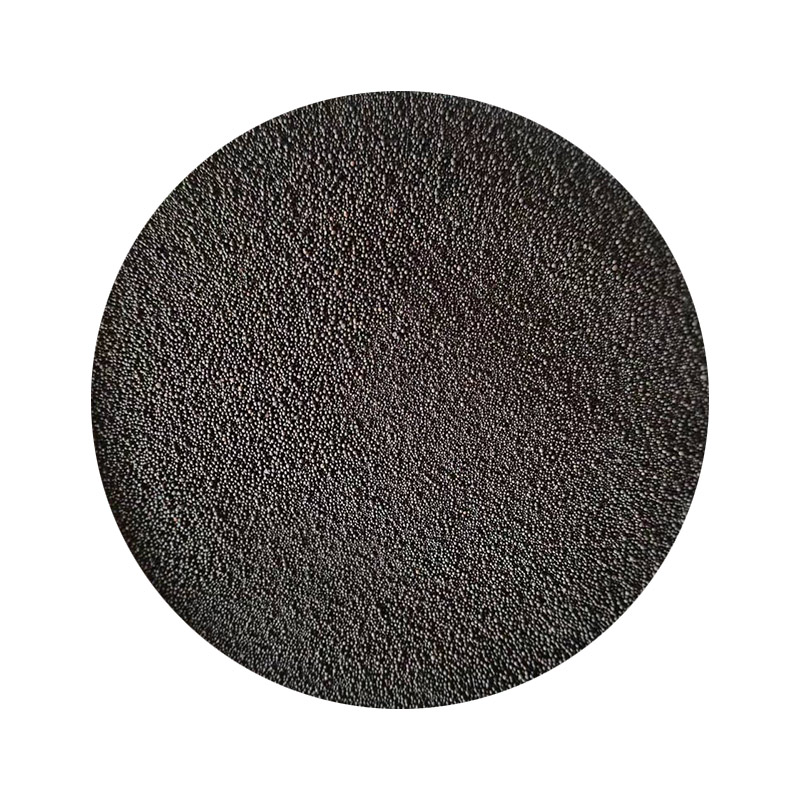The Evolution of Sand 3D Printing Shaping the Future of Manufacturing
In recent years, the realm of 3D printing has witnessed exciting advancements, particularly with the integration of sand as a material. Sand 3D printing has emerged as a revolutionary technique, transforming various industries including construction, aerospace, and art. This innovative approach harnesses the unique properties of sand to create complex structures with remarkable efficiency.
.
One of the primary advantages of sand 3D printing is its ability to produce complex geometries without the need for extensive tooling or molds. This flexibility allows for rapid prototyping and the production of bespoke items tailored to specific requirements. In the construction industry, for instance, sand 3D printing has been used to create intricate architectural forms that would be nearly impossible to replicate using conventional techniques. This innovation not only enhances design possibilities but also significantly reduces material waste, contributing to more sustainable practices.
sand 3d

Moreover, sand 3D printing is making waves in the foundry industry. Traditional casting techniques require the creation of molds, which can be time-consuming and costly. With sand 3D printing, manufacturers can quickly create sand molds for various metal casting applications. This method not only speeds up the production process but also allows for greater customization and precision in the final products.
Artists and designers are also embracing sand 3D printing to push the boundaries of creativity. The ability to craft intricate sculptures and installations with remarkable detail has opened up new avenues for artistic expression. Artists can experiment with forms and designs that defy conventional limitations, resulting in groundbreaking works that captivate audiences.
Despite its numerous benefits, sand 3D printing does face certain challenges. The technology is still evolving, and further advancements are needed to enhance the speed and scalability of the process. Additionally, while the material properties of printed sand objects are impressive, researchers are exploring ways to improve their mechanical strength for various applications.
In conclusion, sand 3D printing is reshaping the landscape of manufacturing and design. Its ability to produce complex structures quickly and sustainably positions it as a key player in the future of production. As research and technology continue to evolve, the possibilities for sand 3D printing are limitless, promising a new era of innovation across multiple industries. Embracing this technology today will undoubtedly pave the way for a more efficient and creative tomorrow.
Post time:Oct . 03, 2024 15:31
Next:Тараф ва камбудиҳои рехтани румӣ дар саноат
